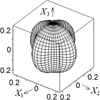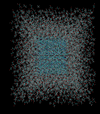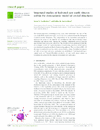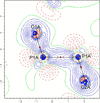issue contents
February 2025 issue
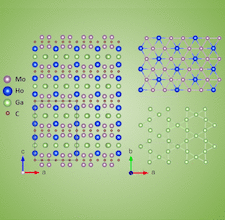
Cover illustration: A rare complex incommensurate magnetic structure, an amplitude-modulated structure which itself is modulated, was determined in the Ho-based i-MAX phase (Mo2/3Ho1/3)2GaC. It represents a particularly distinctive case of a 2-k magnetic structure with no symmetry relation between the propagation vectors. See Claire Colin et al. [Acta Cryst. (2025), B81, 37–46].
topical reviews
magnetic structures


 access
access

 access
accessresearch papers






 access
access



 access
access


 journal menu
journal menu















